When you’re planning your home’s landscaping, the lifespan of the plants you’re considering is likely to be one of your many questions. It’s a valid concern, because you aren’t making landscaping decisions based solely on what looks pretty in your yard. Your landscaping is an investment in your home, and you want to choose plants that fulfill your expectations.
The answer, at first glance, seems relatively simple. Different species of plants have different life spans, just as the longevity of animals varies greatly. Consider these examples:
Annuals. These have a life span of one year. You will generally plant these as small fill in flowers, and they’ll last one growing season. They can be planted in the spring, the summer, the fall and the winter. Each season has specialty plants that will thrive during the brief duration they are in your garden.
Biennials. These require two years to complete their growth cycle. The first year sees a small bud of leaves near the soil surface, while the second year brings flowering and seed formation.
Perennials. These last many years, ranging from several years to several hundred years, largely depending upon the species of the plant. Peonies, for example, will grow and bloom in the same spot for 100 years or more. Others, like viola and delphinium, have much shorter life spans. However, since they self-seed, the original plants may die but new ones return to take their place.
Ferns. These live at least 10 years, and many live to be well over 100 years old. If your ferns never freeze they have the potential to live much longer.
Shrubs. The usual lifespan is 7 to 10 years, though well cared-for varieties have been known to live much longer. Many horticulturists believe that shrubs aged 15 to 20 are candidates for swift and sudden death, so if you have older shrubs be aware that they could suddenly decline very quickly and need to be replaced.
Trees. Some of the more delicate varieties, like the silver leaf maple, will live only about 25 to 40 years. Oak trees are known to live several hundred years under the right conditions, and the oldest trees in the world – the bristlecone pine – are known to be thousands of years old. Obviously there is a wide variation in the life spans of trees, but in general you can count on them being around for as long as you own the home – and in most cases, much longer than that.
While life span is genetically determined in any given species, many other factors will influence the end result of any particular plant. Just as in humans, a plant may face poor quality of care, an environment that is not ideal, or various types of disease and pests. So it’s important to remember that a plant’s life span is a potential, and in the end will be partly determined by where you plant it and how well you take care of it. Come see us, and we’ll help you choose plants that are right for our environment and match the level of care you have time and energy to provide.


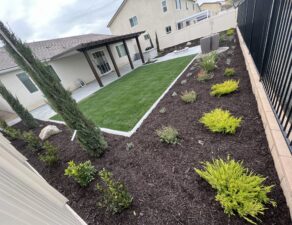
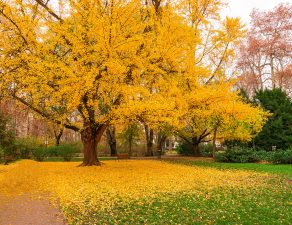

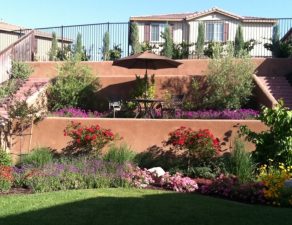
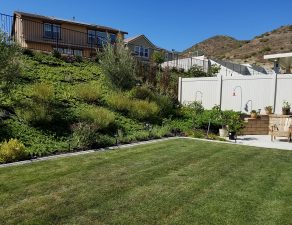
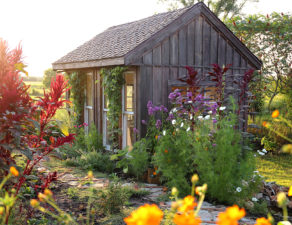

Write a comment: